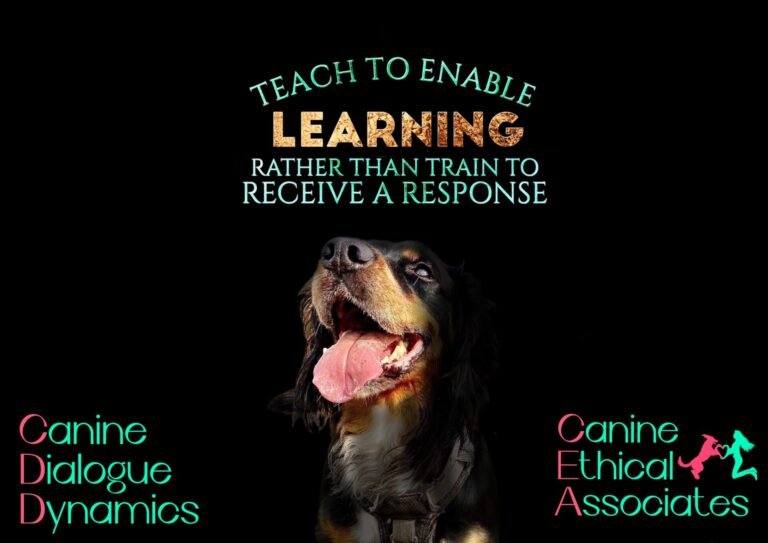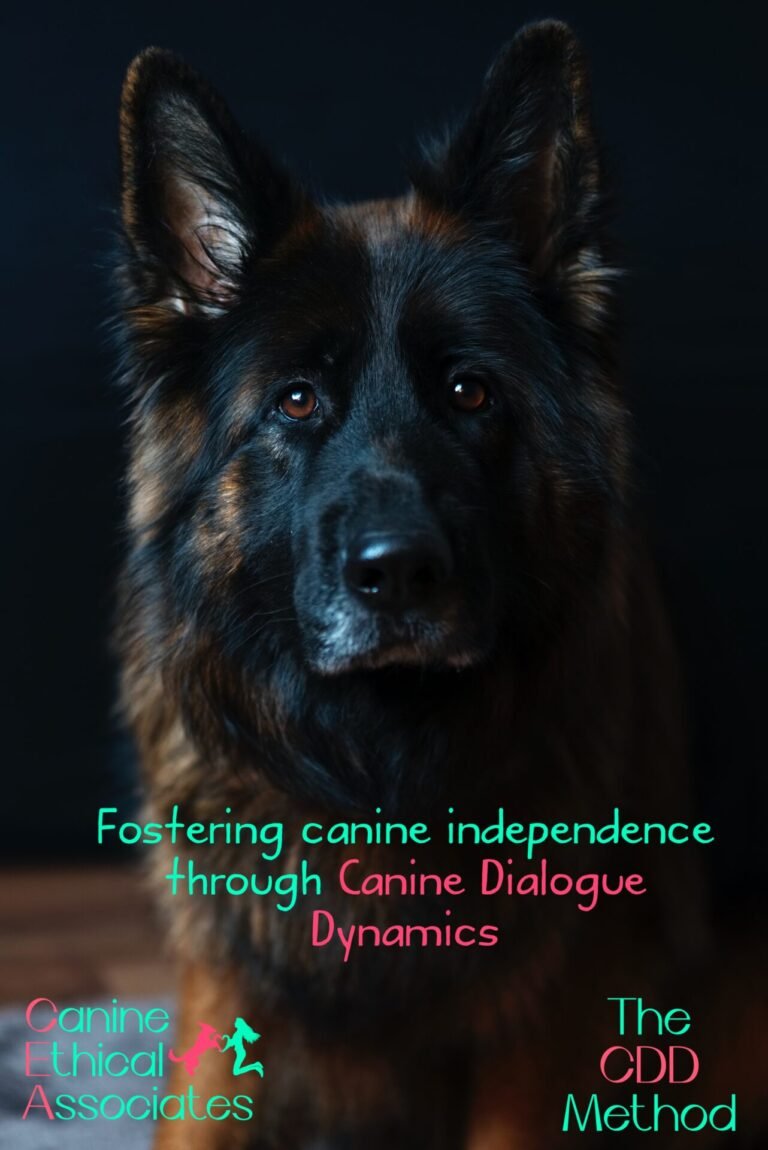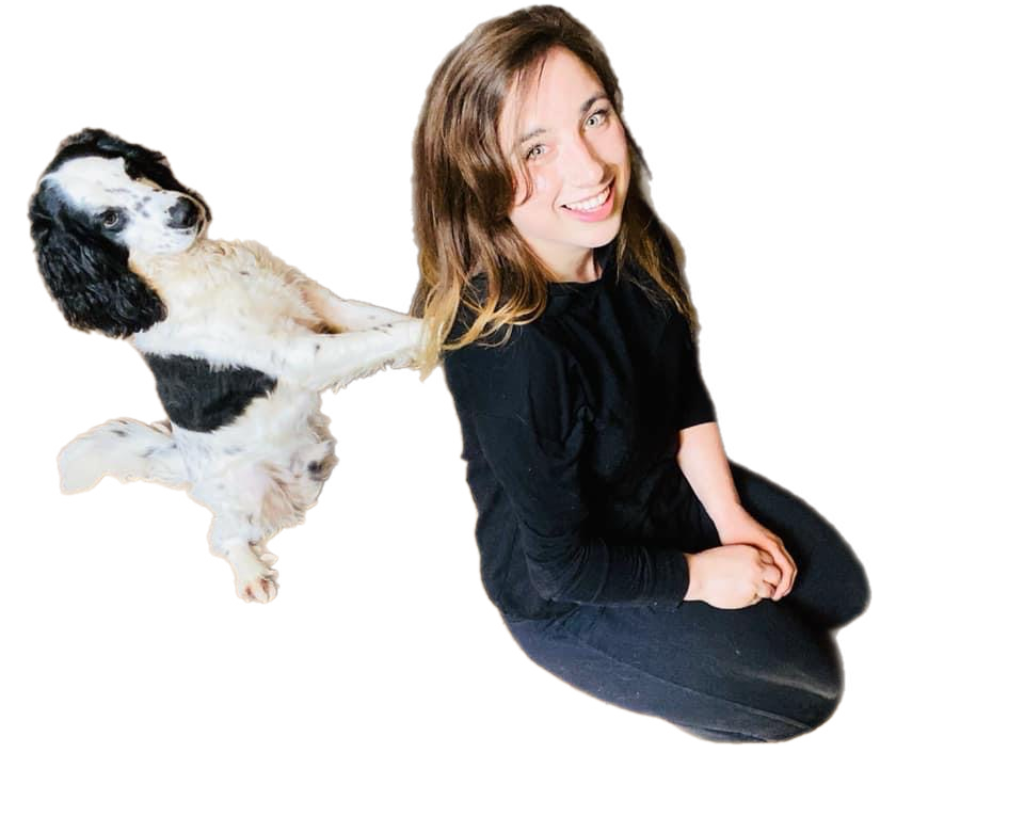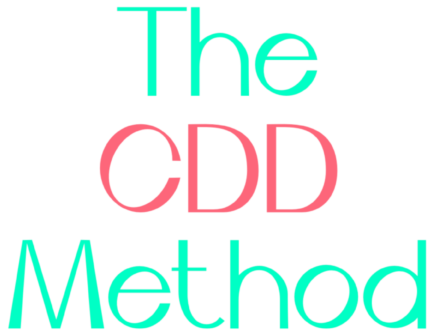Understanding Canine Emotions: A Dive into Jaak Panksepp’s Work and the CDD Method
By Bethany Bell
Dogs, often celebrated as our most loyal companions, harbour a rich emotional tapestry that remains largely unexplored. Our understanding of these emotions deepens with the findings of renowned neuroscientist Jaak Panksepp and the principles of the Canine Dialogue Dynamics (CDD) method.
Jaak Panksepp’s Groundbreaking Research
Jaak Panksepp, known for his pioneering work in affective neuroscience, delved deep into the world of emotions – not just in humans, but also in animals. He introduced us to the concept of primary emotional systems – universal core emotions shared across various species. These emotions, which he famously tagged as PLAY, SEEK, CARE, and more, are integral to understanding our dogs.
For instance, when a dog wags its tail energetically upon seeing a toy, it’s tapping into the ‘PLAY’ system. When they explore the backyard, sniffing around, it’s the ‘SEEK’ system in action. These insights help to decode many canine behaviours that were previously misunderstood or oversimplified.
Incorporating Panksepp’s Findings into the CDD Method
The Canine Dialogue Dynamics method is rooted in the belief that our dogs are emotionally intelligent beings. When we approach training or any form of canine-human interaction through the lens of CDD, we’re considering their emotional state, needs, and the intrinsic motivations that drive them.
Here’s how Panksepp’s work aligns beautifully with CDD:
- Self-awareness: Recognizing primary emotional systems in dogs fosters self-awareness in us as caregivers. It encourages us to be more observant, understanding when our dog is engaging in a PLAY mode or when they’re genuinely showing signs of distress.
- Choices: Once we’re attuned to these emotional systems, we can provide choices that cater to them. For a dog showing SEEK behaviour, we might choose a game of hide and seek or offer a new toy to explore.
- Word Association: Using verbal cues that resonate with these emotional systems can enhance communication. For example, saying “Shall we explore?” when they exhibit SEEK tendencies, or “Do you want a hug?” to satisfy the CARE system.
- Beyond Rewards: Instead of just relying on treats, we can reward our dogs by tapping into these emotional systems. A game of tug (PLAY) or a cozy cuddling session (CARE) can be just as rewarding, if not more. This is however Indvidual to each dog as some dogs require a cuddle when seeking CARE and others need their space.
Embracing a Deeper Bond
Understanding canine emotions isn’t just about better training results; it’s about forging a deeper, more empathetic bond with our furry companions. By combining the insights from Panksepp’s groundbreaking work with the principles of the CDD method, we’re paving the way for a richer, more fulfilling relationship with our dogs. One where every wag, bark, or playful nudge is a window into their emotional world.
As we journey forward, let’s commit to seeing our dogs not just as pets, but as emotionally profound beings, deserving of respect, understanding, and unconditional love.











